Crop Report
Diseases should continue to be monitored for progression. The temperatures next week will most likely slow tar spot advancement. Note weed escapes to determine if adjustments need to be made for 2025. The hope for next week is maturing crops and not premature death.
We really could use a rain for the later planted soybeans as well as some corn. Despite the dryness, some tar spot and southern rust has started to show up on late-planted corn. European corn borer was also found in late planted corn (R3). Overall, soybeans are progressing well, but have unfortunately found red crown rot as well as SDS. Frogeye leafspot is just starting to show up.
Crop conditions continue to look good around Logan, Menard, and Sangamon counties. While there has not been much rain in the last week, cooler temperatures have ensured plants are not under heat stress as we approach maturity. There have not been any significant reports of any diseases across the area, though some isolated cases may be present. Many local producers have also completed their third hay cutting for the year. With the cooler temperatures and rain over the last couple of weeks, many fields are already starting to grow back nicely and could see a fourth cutting.
It’s a good time to scout for fall armyworms in grass hay, pasture, alfalfa, etc; a quick survey of my colleagues in the states to our south indicated it is a big year for this insect (though they were unanimous that it was not as bad as in 2021, the last time we saw widespread damage in Illinois).
Recent precipitation and current cool conditions are favorable for both corn and soy crop grain fill. The extended forecast is dry and warmer, which could expedite the grain fill window. For crops on some lighter soils in the Northeast, recent rains appear to have arrived late. Corn in sandy and soils with poor water holding capacity senesced quickly over the recent week. In field areas that flooded or have decreased plant populations due to environmental conditions, I’m finding grass weeds happily filling the void. One species in particular, Fall panicum, seems to be having an exceptional year. This summer annual can reach seven feet in height and is recognized by appearing to be growing in a zig-zag pattern caused by growth bending at the nodes. The seedhead is easily identifiable, resulting in a wide spreading panicle when mature.
For those in Grundy County and surrounding areas, Illinois Extension and the Kendall-Grundy Farm Bureau are partnering to host University of Illinois plant pathologist Dr. Boris Camiletti on Wednesday, August 28th at 1:30 pm at the Kendall-Grundy Farm Bureau building. Dr. Camiletti will lead a discussion on his research projects and share experiences in his first Illinois growing season. Producers, landowners and agronomists are encouraged to bring plant samples the afternoon of the meeting for discussion or identification purposes. Anyone is welcome to attend, the Kendall-Grundy Farm Bureau building is located at 4000 N. Division street in Morris, Illinois.
Cool temperatures lately should help grain fill. Moisture in CIL has been plentiful. Disease is starting to show especially what appears to be SDS in soybeans. I have seen several diseases in corn, but so far nothing of major concern. Tar Spot could be one to watch as it can rapidly evolve. I have heard of some 2nd fungicides being applied to the later planted corn to help it finish. The low areas of fields are starting to show up again, likely due to leached N or compaction and thus lacking root development.

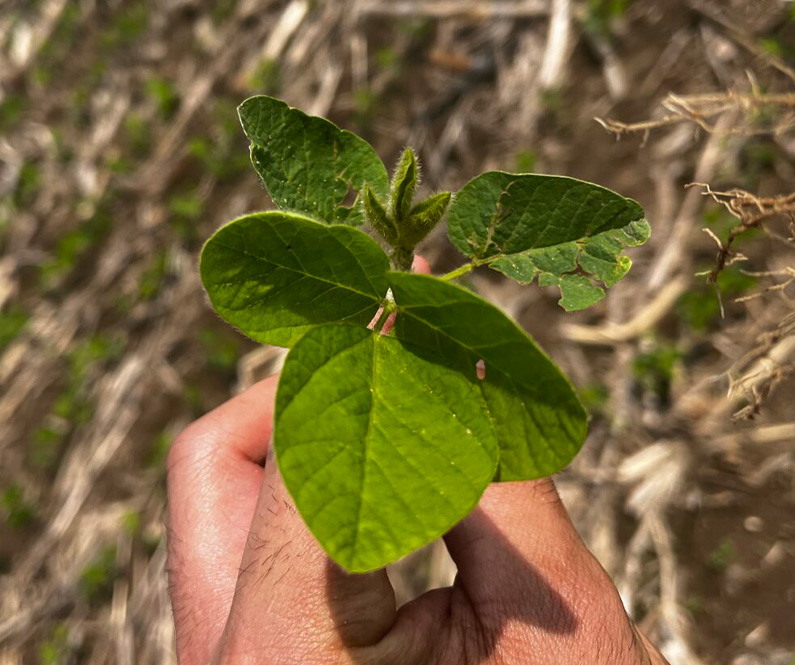

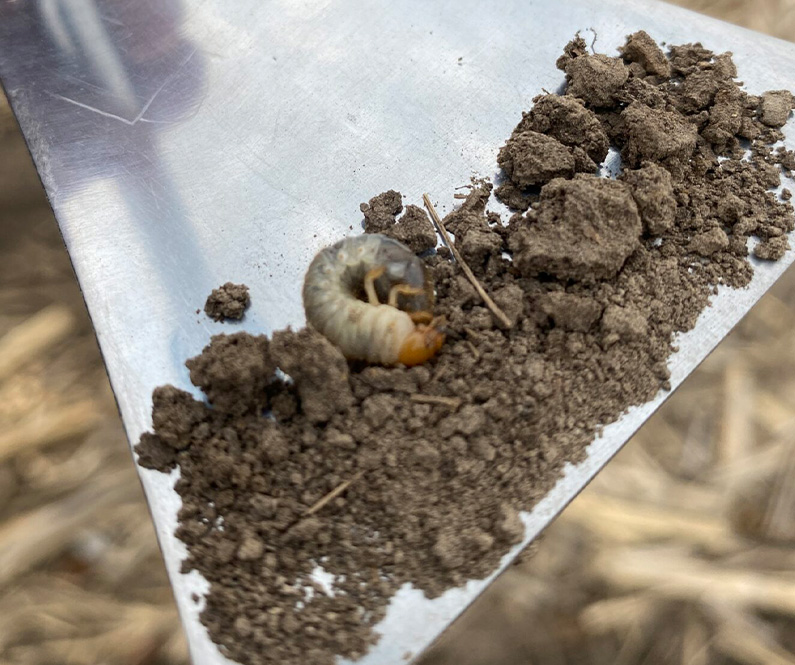
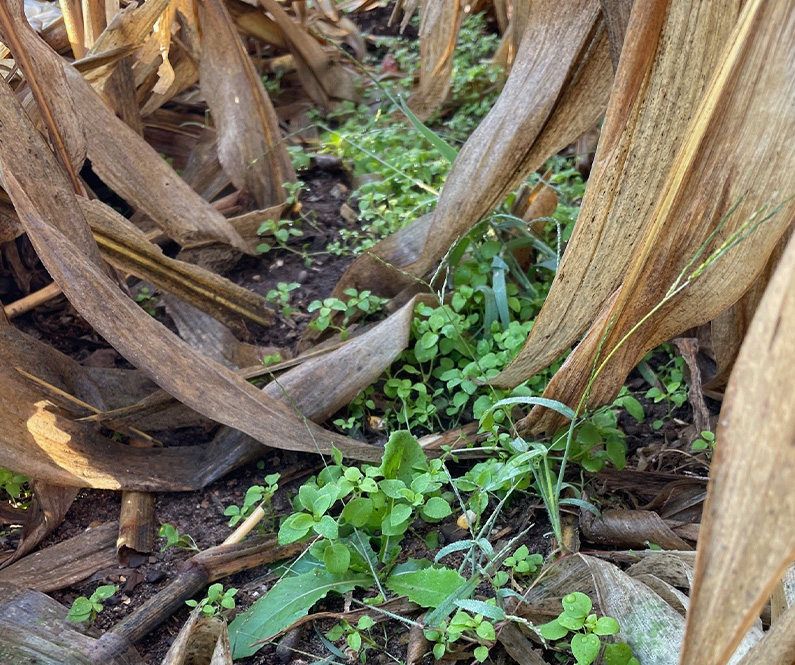
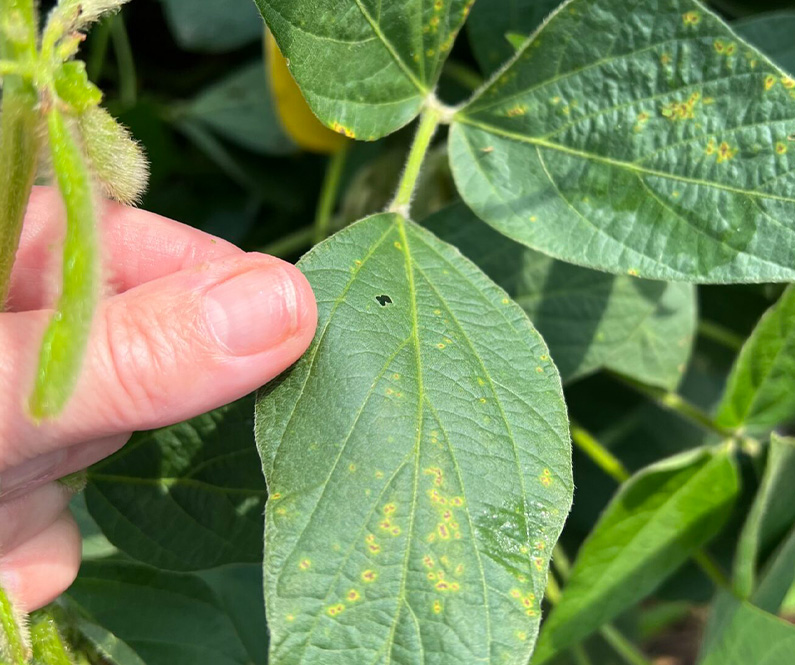
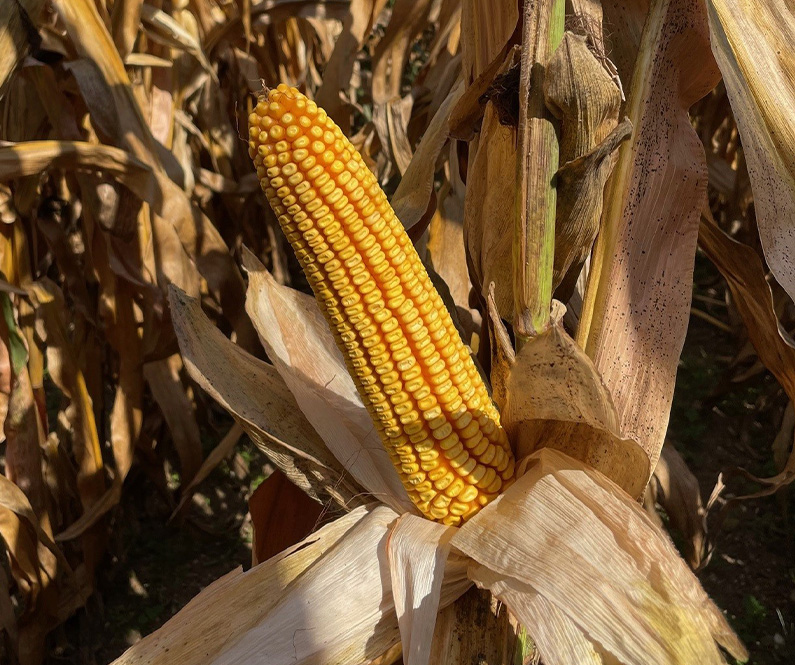
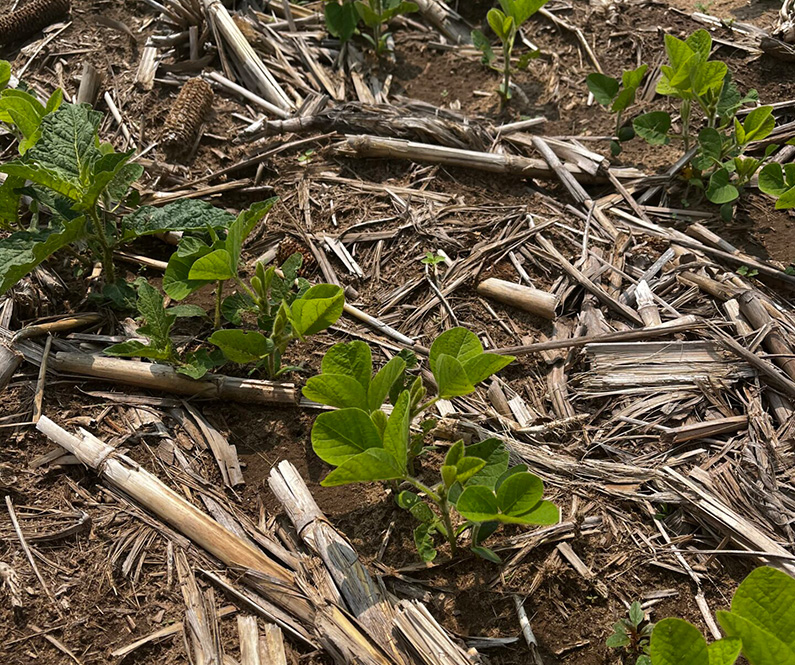
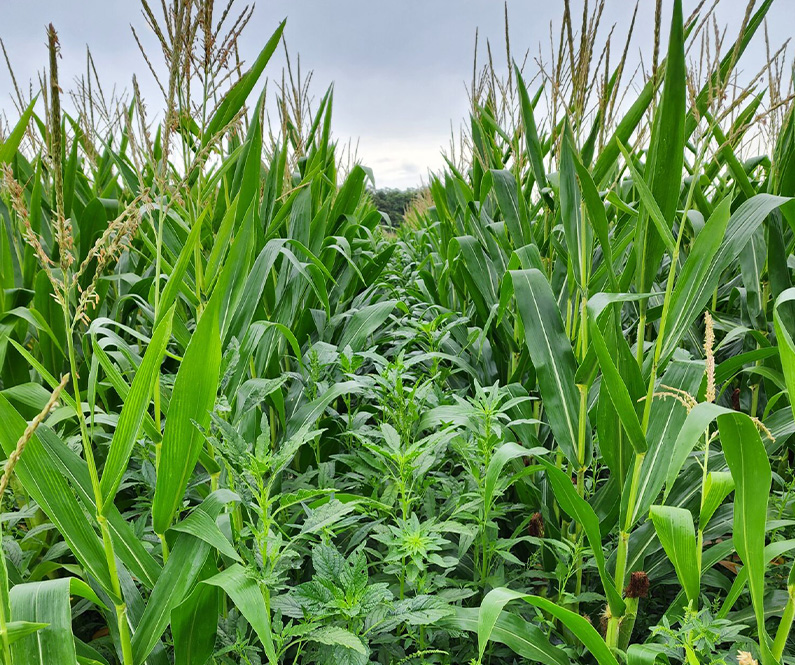
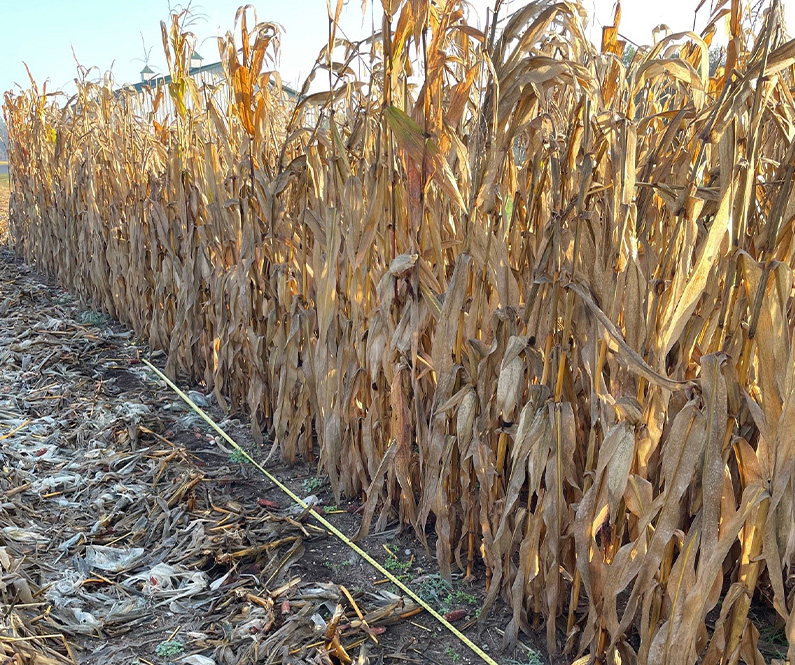


 and then
and then